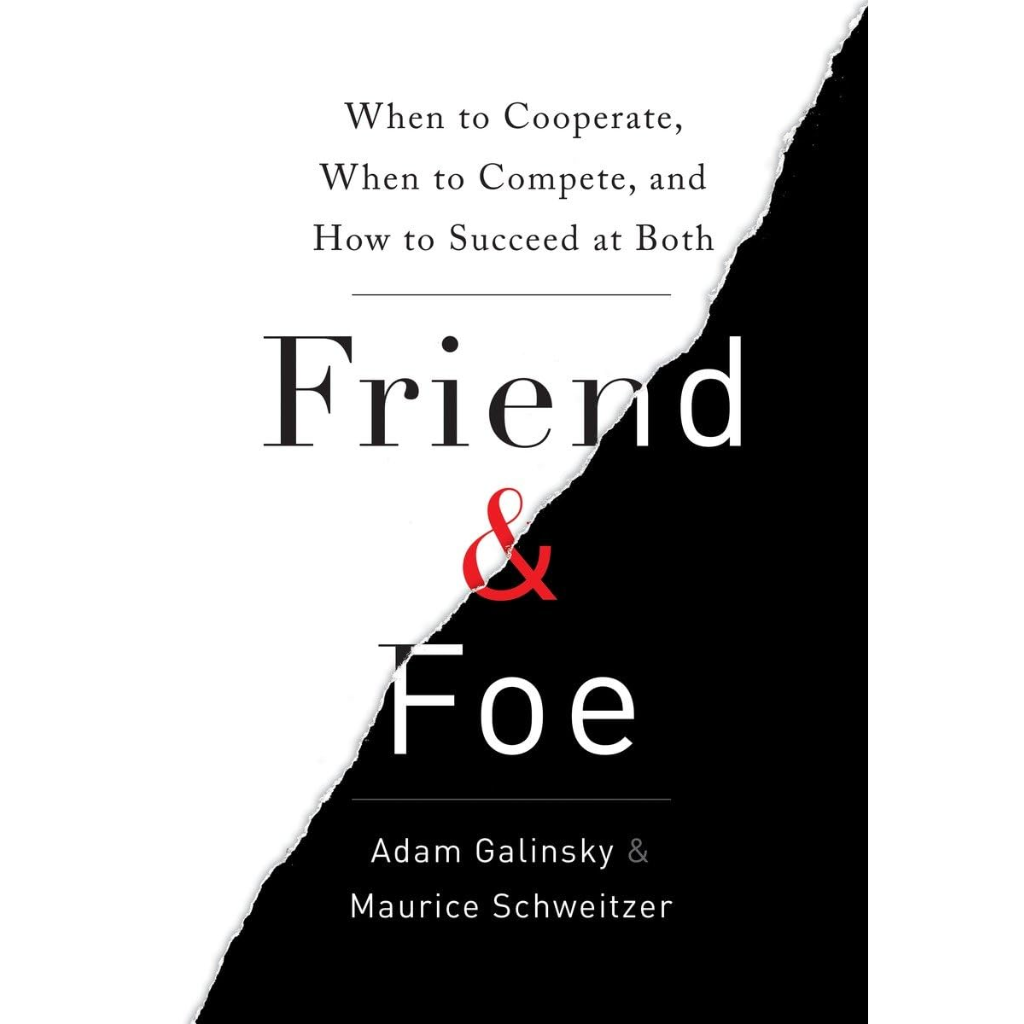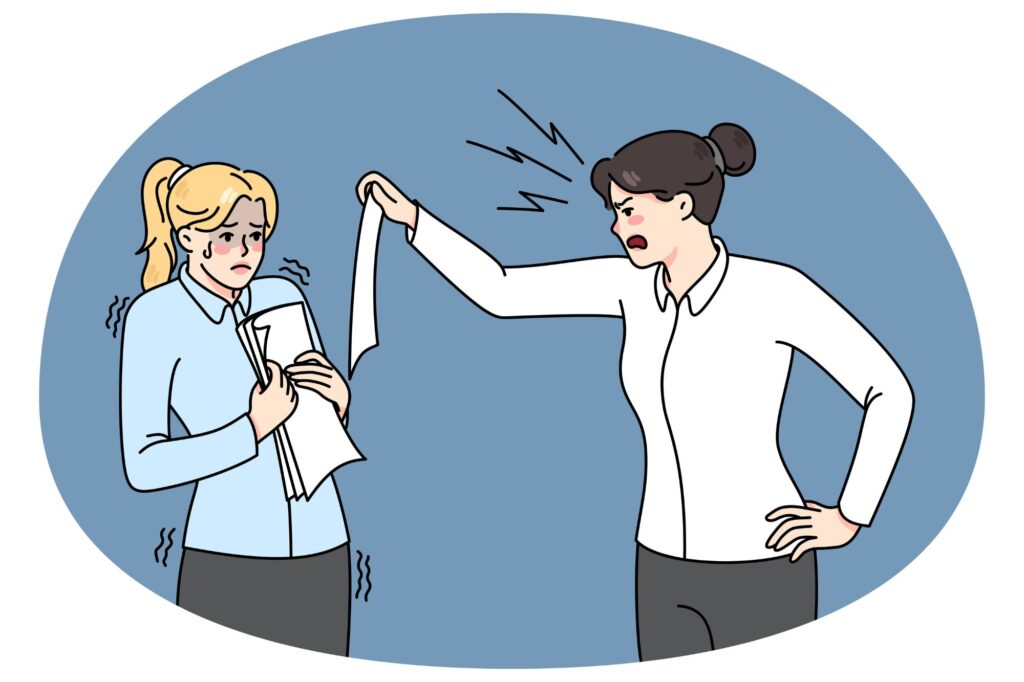
National Nuclear Security Firings and Reversal: a Case Study of the Lowest-Grade Incompetence
Incompetence in the White House just got nuclear. What does it mean when the leader of our nation’s largest workforce has no impulse control?

Incompetence in the White House just got nuclear. What does it mean when the leader of our nation’s largest workforce has no impulse control?

According to research, every election cycle in the US brings a productivity cost to workplaces, but can it be avoided? Some companies may have figured it out by (temporarily) reinstating remote work.

An era of authoritarian-led hyper-inflation is likely on the horizon. There are some clear playbooks for this that include reduced investment, AI-driven decisions and hiring overseas.

Perhaps the most interesting discussion in Friend & Foe by Adam Galinsky is about how most leaders with an imbalance of power are unaware of others’ perspectives, and how leaders can improve their ability to see the world through others’ shoes.

You’ve been to plenty of meetings where you add “to-dos” but have you ever deliberately considered “stop-doings”? Find out how subtracting is a new form of innovation.
The shame which had accompanied the ineptness of past administrations has died, signaling a Golden Age of confident incompetence. Is this ugly moment showing up at your workplace?
These leadership trends for 2025 stem from a need for an adaptive mentality in a world quickly changed by AI, mental illness and climate disasters.
Adaptive Leadership is defined as the ability to anticipate future needs of an organization and lead during times of uncertainty. Here are the skills you need to master to be an adaptive leader in 2025.

Why mastering stress amidst work pressures is vital for well-being and productivity.

The secrets to creating a harmonious workplace where productivity and positivity thrive lies in Emotional Intelligence.

Leadership extends beyond mere authority and decision-making; it involves skillfully guiding others towards shared objectives.

As we gather around the television to re-watch a holiday masterpiece, let’s remember the moral of the story and stop trying to please people for the wrong reasons.

WDPs are the American free-market approach to developing the country’s labor skills, but it’s a lot more than that when done at the community level.

Instead of blaming your people, look at the processes you’re giving them.

When your people make mistakes, there are really only two ways to think about it, according to James Reason’s Human Error Theory.

WorkforceWise.org, All Rights Reserved.